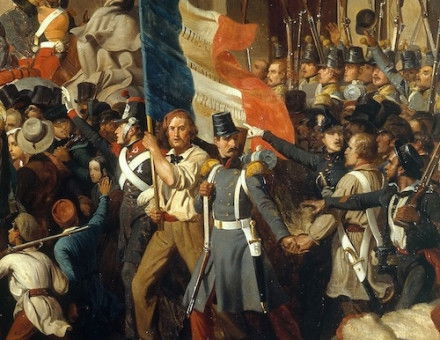The Collapse of the Great Rebellion
Not until the Revolution had collapsed from within, and the quarrelsome heirs of the Long Parliament had forfeited the right to govern, was the way clear for the restoration of a Stuart sovereign. The return of the monarchy, writes Austin Woolrych, was welcomed with enthusiasm as an alternative to social anarchy.
How long before the Restoration began the great surge of enthusiasm which welcomed Charles II home to England? From the pages of Pepys and Clarendon and many a lesser witness, its warmth still glows across three hundred years. Was it the release of a national devotion to monarchy and the Stuarts which only force had repressed during the long years of Puritan rule?
So all Royalists assumed, and up to a point rightly; a plebiscite would probably have declared for the King at any time after the Civil War. But sentiment is one thing; a passion strong enough to unite men in effective action is rarer, and in this case only arose during that final autumn and winter when the quarrelling heirs of the Long Parliament forfeited the very capacity to govern. It was a response to anarchy; the King returned only when the revolution had collapsed from within.





